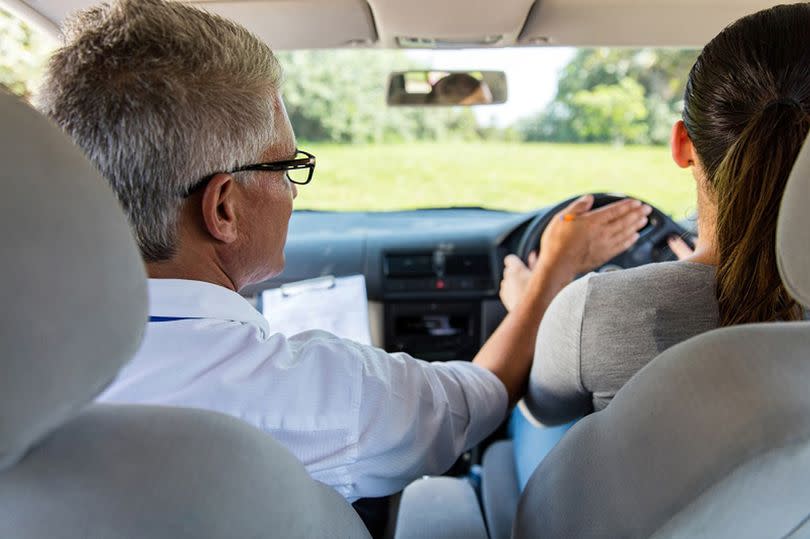Half of drivers would fail theory tests right now - can you answer these five tough questions?

For many motorists, the theory test is a necessary step to getting their licence. Once on the road, most don't give the Highway Code much consideration, confident in their driving abilities.
However, research has revealed that millions of drivers are left puzzled when faced with questions from a theory test. While most have a basic understanding of what they should and shouldn't do behind the wheel, specifics can prove more difficult, BirminghamLive reports.
The Highway Code is often updated sometimes years after many drivers have passed their tests - adding further confusion. To gauge driver knowledge, a series of questions were posed to 2,000 motorists as part of a study.
Read more: UK weather: Britain to bathe in 23C temperatures and be hotter than Greece this week
And it showed that half of those drivers would fail their theory tests if they took them now - with nine out of 10 unable to correctly answer five questions in particular. They are:
What, if anything, do you think triangular road signs indicate?
What lights, if any, do you think are appropriate to turn on when driving on the motorway at night, when there are cars ahead of you?
What, if anything, do you think the legal speed limit on a motorway is, if no signs indicate otherwise?
When driving on a wet road, what time gap, if any, do you think you need to leave between your car and the car in front of you?
What, if anything, do you think you should do if you have to quickly slow down when driving on the motorway?
Connor Campbell, an expert at Independent Advisor Car Insurance which carried out the research, remarked: "It's shocking how many motorists don't know the rules when it comes to the basics of safe driving practices. Being behind the wheel entails significant responsibility, and risking the lives of other road users due to negligence is simply unacceptable."
He advised: "You should adopt a defensive driving approach to minimise collision risks by focusing not only on your actions, but also your surroundings. That includes the behaviour of other drivers, pedestrians, and any obstacles on the road, not to mention adjusting your driving based on weather and road conditions."
Campbell further suggested: "Look 15 seconds ahead and communicate your intentions clearly while driving - remember to signal when changing lanes even if you don't see other cars nearby. Additionally, don't rush, and maintain a safe following distance to allow for sudden stops or unforeseen manoeuvres."
Answers
Warnings
Dipped headlights
61mph to 70mph
4-5 seconds
Turn on your hazard lights

 Yahoo Sport
Yahoo Sport 






































